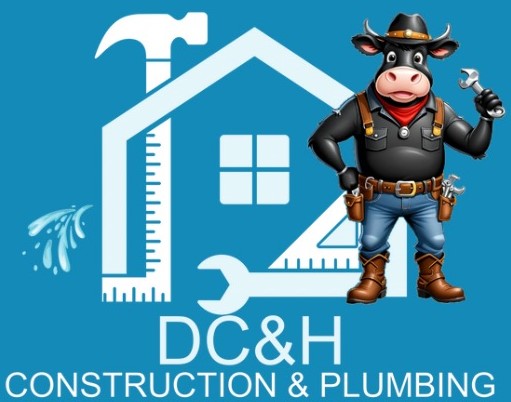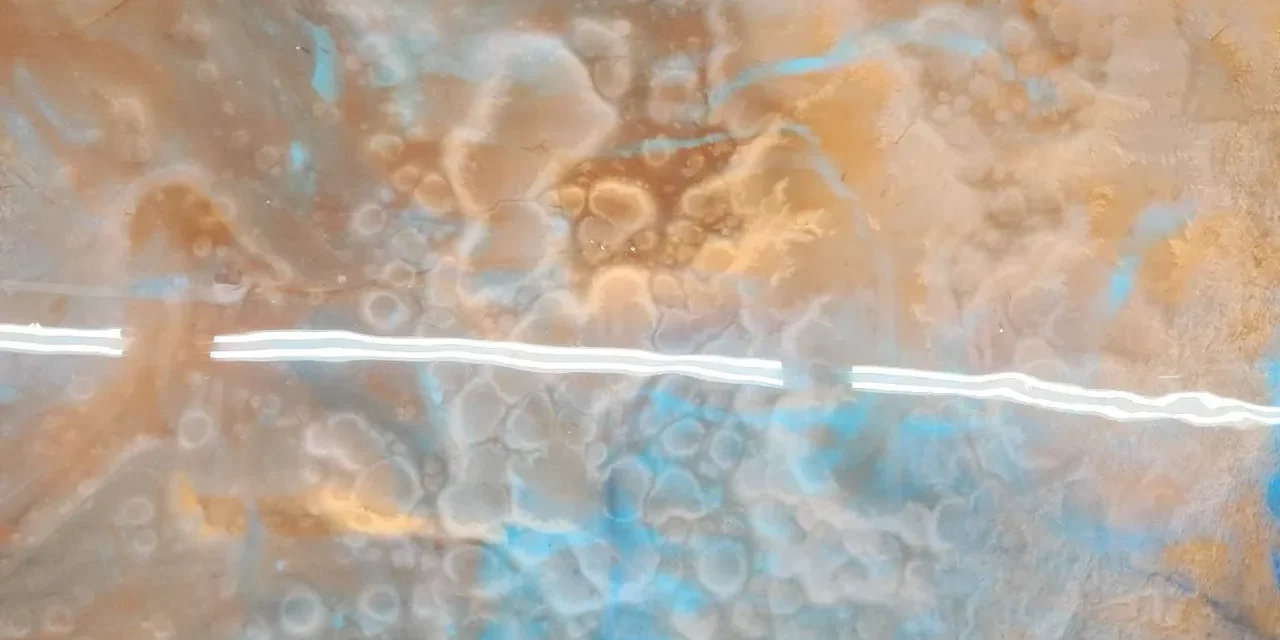I recently attended a class hosted by a local concrete coating store. They broke down the important steps to achieving great epoxy flooring results. Let’s review what I learned.
Just like in painting, it’s all about the prep work. Prep work by far is the longest and lest fun part of installing epoxy coatings. Proper surface preparation is imperative to creating a long term bond to the concrete.
You need a diamond grinder to begin prepping, you can use a hand-held one if prepping for a small area, or if you are preparing a large surface area, you can use a larger diamond grinder. These can range from hand-held to 30 inches.
A concrete scratch test will determine the grit and diamond bits that will need to be used. You will also need to grind out and fill in any cracks in the concrete surface. This process is very dusty so be sure to wear proper protection and use a HEPA filter system to help control dust.
After completing grinding, run the vacuum over the surface thoroughly. You also will do a final clean of the concrete with an acetone mop. That final step will be sure to clean any fine debris left over from the grinding.
Mask off any areas the you do not want the coating, such as doorways, drains, and stopping points. Once you tape is down you are ready for the fun part!
Having your mix station already set up for work can make the process easier and cleaner. If you are using a two part coating such as polyaspartic, you will have multiple jugs that you will need to mix; mixing the two up could be a potential waste of material. Every material has a pot life, this is the time from mixing the chemicals to it being unable to use. You can tell if the material begins to thicken up.
Base coat needs to go down; the color of this may have little effect on the outcome of the overall look of the metallic epoxy. Depending on the thickness you want to lay the epoxy will determined the kind of squeegee you will need to use to spread the material.
Laying the epoxy and the design is completely up to you at this point. How many colors you decide to use and where that is going. There are a couple easy techniques that create different outcomes. Two of those we tried out in the class are, using a leaf blower to move and mix the epoxy, and another is to sprinkle acetone on the surface, which creates a neat bubbling design.
Also just like painting, sanding between coats helps with and bubbles or defects in the surface. Once you are satisfied with your pour, finish off with your choice of top coat. There are many different levels to choose from, so make sure it is appropriate for the products you have used and the purpose of the area.
DC and H Construction is looking forward to having more epoxy projects in our future , starting with a whole home to be poured with beautiful mix of Southwestern colors. Feel free to watch out for new projects, color combinations, products, and fun new techniques! If you have questions about materials, processes, or anything concrete coating related, please reach out to me!
Lacey North
DC and H Construction
Project Manager
541-621-5873







